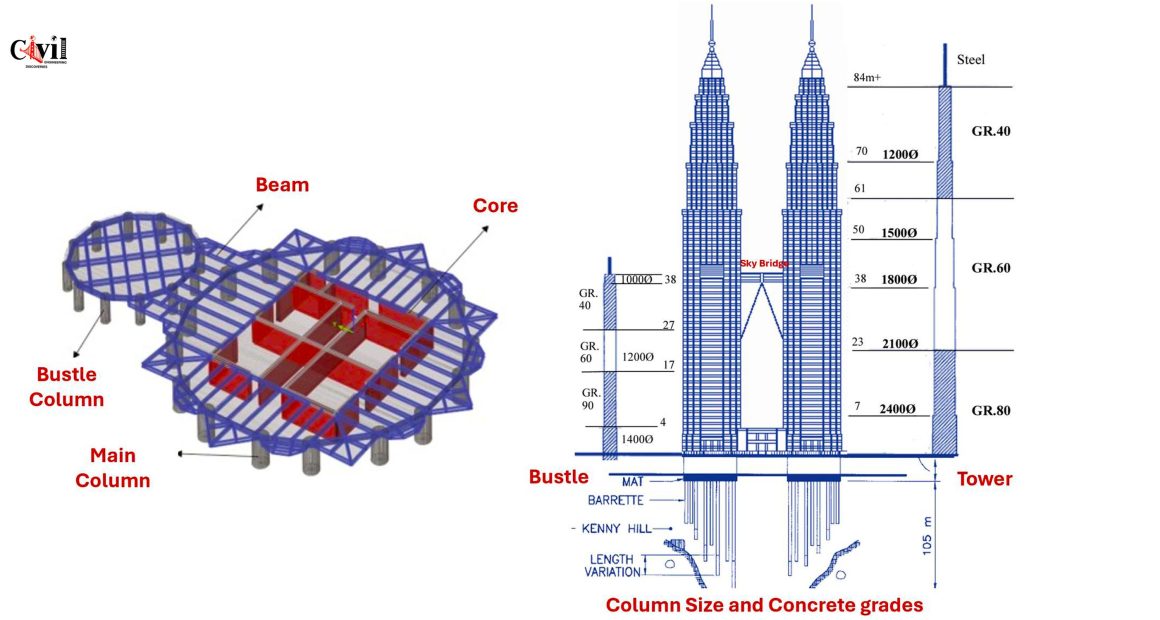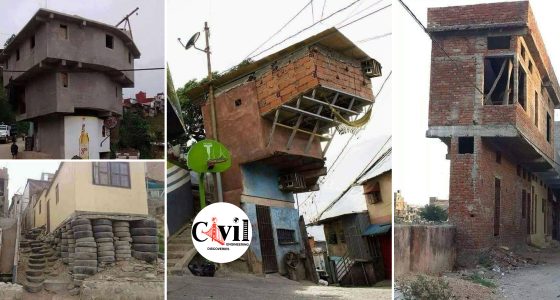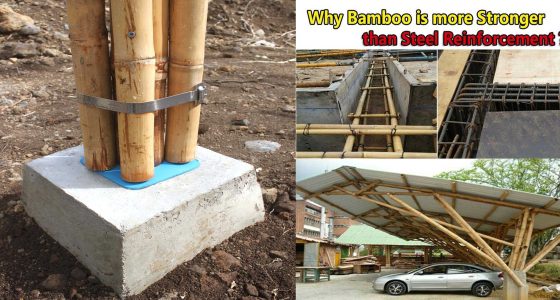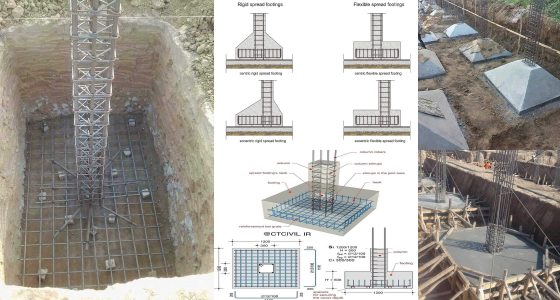The PETRONAS Twin Towers stand as an architectural masterpiece in the heart of Kuala Lumpur, Malaysia. These towers are not just a reflection of modern engineering but also a tribute to Malaysia’s rich cultural heritage. Designed by the renowned Argentine architect César Pelli, and engineered by Thornton Tomasetti and Ranhill Bersekutu, these towers have captivated the world with their unique blend of tradition and innovation.
Design and Cultural Significance
The PETRONAS Twin Towers were initially planned to rise to 427 meters. However, the final design extended their height to 452 meters, making them the tallest twin buildings globally. A significant feature of the towers is their architectural design, which draws heavily from Islamic geometric patterns. The floor plan is based on an eight-pointed star, a symbol of unity and rationality in Islamic art.
This culturally significant design is enhanced by modern engineering. Semicircles were incorporated into the structure to increase floor space, combining aesthetic beauty with practicality. This union of Islamic art and cutting-edge technology makes the towers distinctly Malaysian, symbolizing the nation’s progress and innovation.
Engineering Feats and Structural Innovation
The PETRONAS Twin Towers are an extraordinary feat of engineering. Each tower rises 88 stories and incorporates a state-of-the-art system that integrates telecommunications, environmental controls, power supply, and security. The exterior of the towers showcases an intricate combination of stainless steel and glass, which forms Islamic patterns and shields the building from harsh weather conditions. The materials used, such as stainless steel and laminated glass, help protect the interiors from heat and UV rays, ensuring the building remains energy-efficient.
The foundation of the towers is another engineering marvel, extending 120 meters deep, one of the largest in the world. This depth provides stability for the massive structures above, ensuring the towers can withstand any challenges posed by their enormous weight and height. Inside, the towers feature high-speed double-decker elevators, capable of whisking passengers up to the observation deck and other floors with ease.
The Iconic Skybridge: Engineering and Symbolism
One of the most famous features of the PETRONAS Twin Towers is the Skybridge, which connects the towers at levels 41 and 42. This unique structure is designed to move slightly during high winds, preserving the integrity of the towers. This dynamic design ensures that the Skybridge remains functional even under challenging conditions, safeguarding the overall structure.
The Skybridge also serves a symbolic purpose, representing the connection between tradition and modernity. Its construction involved the assembly and lifting of large sections, a process that required meticulous precision and engineering expertise. The Skybridge not only adds to the visual appeal of the towers but also serves as a passage between the two towering giants.
Observation Deck and Panoramic Views
For visitors, the 86th-floor observation deck is a major attraction, offering breathtaking views of Kuala Lumpur. Standing at such a height provides a panoramic view of the city, showcasing both its urban sprawl and its natural beauty. The towers, in this sense, offer not just an architectural experience but also a way for people to connect with the city on a grand scale.
Modern Functionality and Traditional Motifs
Inside the towers, visitors will find a harmonious blend of traditional Malaysian motifs and modern design. The towers’ interiors incorporate these motifs into their walls, furniture, and decor, creating a space that is both functional and culturally relevant. This perfect marriage between Malaysia’s rich history and its progressive future makes the PETRONAS Twin Towers more than just a set of tall buildings—they are a symbol of the country’s aspirations.
Click Here To See Understanding Young’s Modulus: A Key Concept in Material Science





